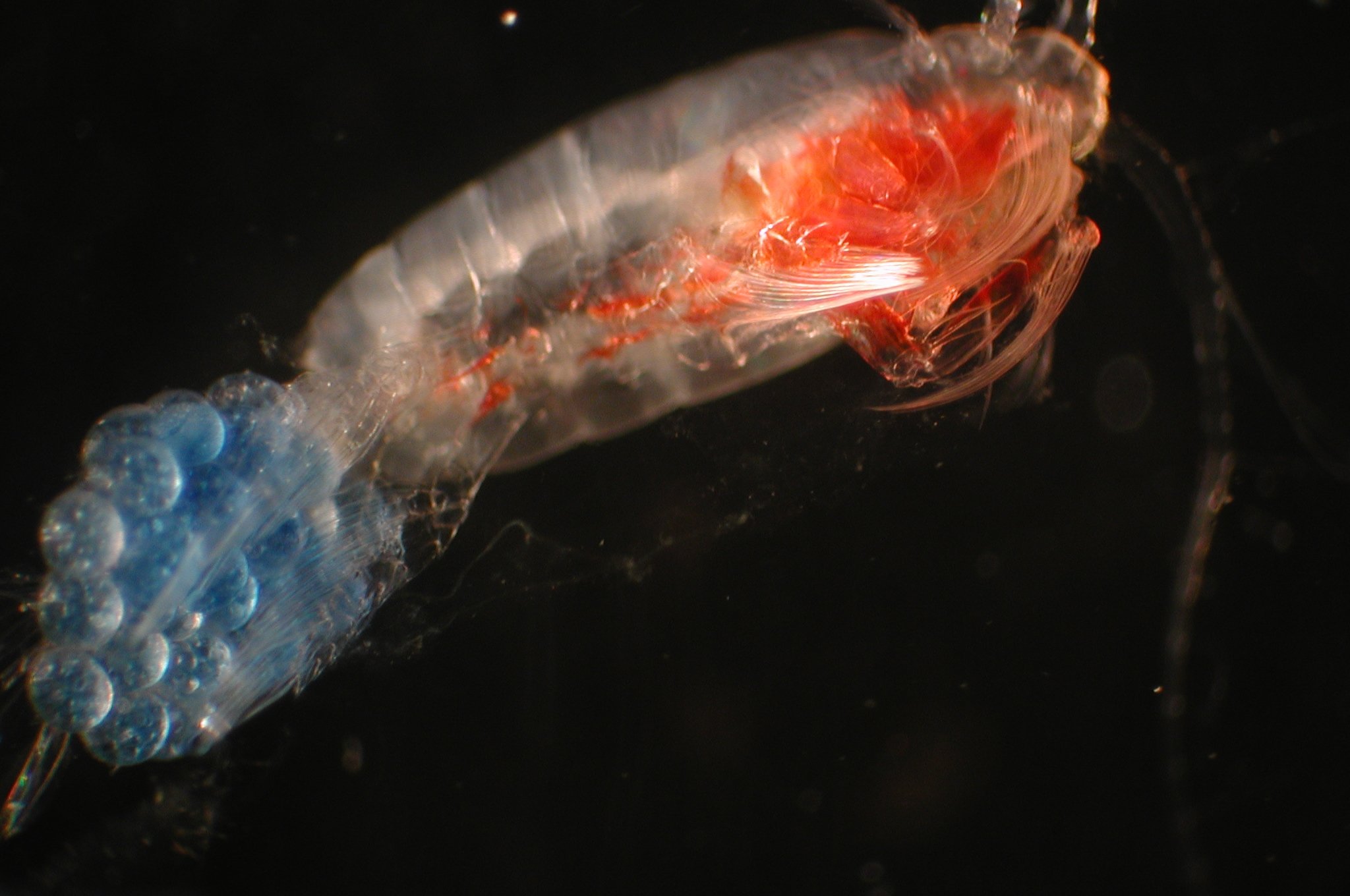What Does Copepod Eat
If you're interested in marine life, you've likely heard of copepods. These tiny crustaceans play a vital role in the food chain of ocean ecosystems. But have you ever wondered what they eat?
For those unfamiliar with copepods, it may not seem like a pressing issue. However, understanding their diet is crucial to understanding how they fit into the food chain. It can also help us cultivate and maintain copepod populations, which is essential for the overall health of marine environments.
What Does Copepod Eat?
So, what do copepods eat? The answer varies depending on the species. Some copepods are herbivores, feeding on algae and phytoplankton. Others are omnivores and consume both plant and animal matter. Finally, some are carnivorous and primarily eat other small marine organisms.
Despite their differing diets, copepods are critical links in the oceanic food web. They are a primary food source for many marine animals, including small fish and whales. Additionally, they are essential for maintaining healthy levels of phytoplankton. Phytoplankton are microscopic plants that provide up to 70% of all the oxygen we breathe. Copepods consume them, breaking them down into nutrients that other marine organisms can use. This process helps to maintain the delicate balance of oceanic ecosystems.
The Role of Algae in a Copepod's Diet
Personally, I've always been fascinated by copepods and how they survive in harsh marine environments. I've found that one critical component of their diet is algae.
As mentioned before, some species of copepods are herbivores, living entirely off of algae and phytoplankton. They often feed on diatoms, which are single-celled algae with a characteristic glass-like shell.
But the algae isn't just a source of sustenance. Algae is also essential for copepod reproduction. Female copepods consume algae, breaking it down and using it to produce the eggs that will eventually hatch into larvae.
The Importance of Copepods in the Oceanic Food Chain
Another reason why understanding a copepod's diet is essential is the role they play in the marine food chain.
As mentioned previously, they are a primary source of food for many fish species, which, in turn, serve as prey for larger predators like sharks and dolphins. When copepod populations decline, it can significantly impact the entire food chain, leading to imbalances in the ecosystem.
The Natural Predator of Copepods
While copepods play a vital role in the marine food chain, they too have natural predators. Some of these predators include jellyfish, planktonic snails, and even other copepods.
One unique aspect of copepod defense is their ability to produce bioluminescence. When threatened, some copepod species produce a glowing display to confuse and disorient predators.
Copepods and Climate Change
Finally, it's essential to consider the impact climate change has on copepod populations. As water temperatures rise, it can lead to significant declines in phytoplankton populations, which are a crucial food source for many copepods. These changes can have far-reaching impacts on the entire marine ecosystem, making it all the more important to understand copepod's diets and their role in maintaining that ecosystem.
Conclusion
Understanding what copepods eat is critical for maintaining healthy marine ecosystems. While their diet may vary depending on the species, copepods play an essential role in breaking down nutrients and serving as a critical part of the food chain.
Question and Answer
Q: Do all copepods eat algae?
A: No, not all copepods are herbivores. Some are omnivorous and consume both plant and animal matter, while others are carnivorous and primarily eat other small marine organisms.
Q: How important are copepods to the oceanic food chain?
A: Copepods are a primary food source for many marine animals, including small fish and whales. They are also essential for maintaining healthy levels of phytoplankton, which provides the basis of the oceanic food chain.
Q: How do copepods defend themselves against predators?
A: Some copepod species produce bioluminescence when threatened to confuse and disorient predators.
Q: How do changes in water temperature impact copepod populations?
A: Rising water temperatures can lead to significant declines in phytoplankton populations, which copepods heavily rely on for food. These changes can have far-reaching impacts on the entire marine ecosystem.
Gallery
Copepod Culturing - Aquatic Live Food | Aqua Cultured Aquarium Foods

Photo Credit by: bing.com / copepod culturing
Copepod Feeding On Algae - Stock Image - Z230/0179 - Science Photo Library

Photo Credit by: bing.com / copepod algae
Growing And Cultivating Amphipods And Copepods
/Copepods-GettyImages-478633023-5924e0b93df78cbe7e1cae57.jpg)
Photo Credit by: bing.com / copepods amphipods culture aquarium skimz reef information macroalgae days culturing eat saltwater roland birke getty reactor looks cultivating growing
Copepods Male & Female With Egg Sac – A Dove In The Bell Jar
Photo Credit by: bing.com / copepods sac copepod plankton posted
Feeding Hungry Pods | Copepods | The Algae Lab - AlgaeBarn

Photo Credit by: bing.com / copepods feeding pods hungry algae